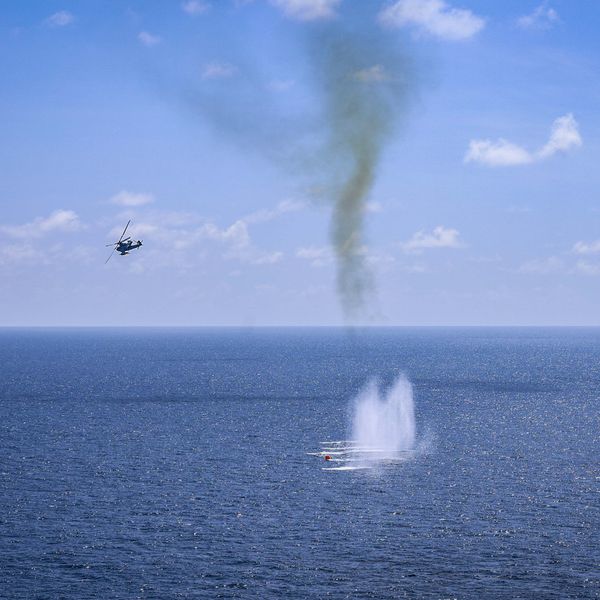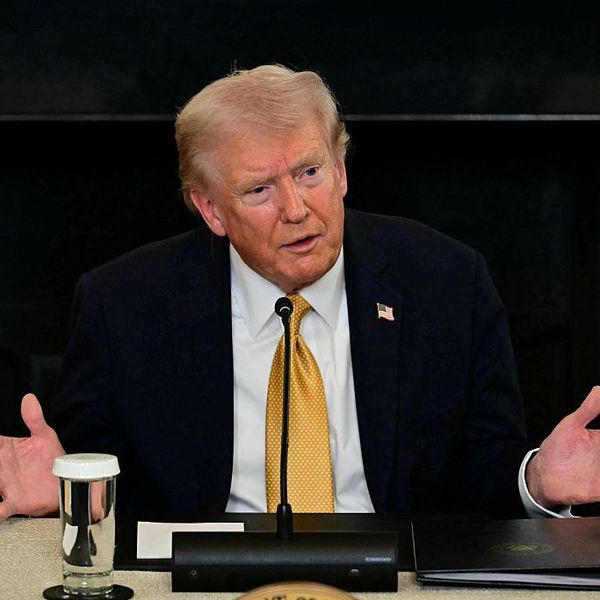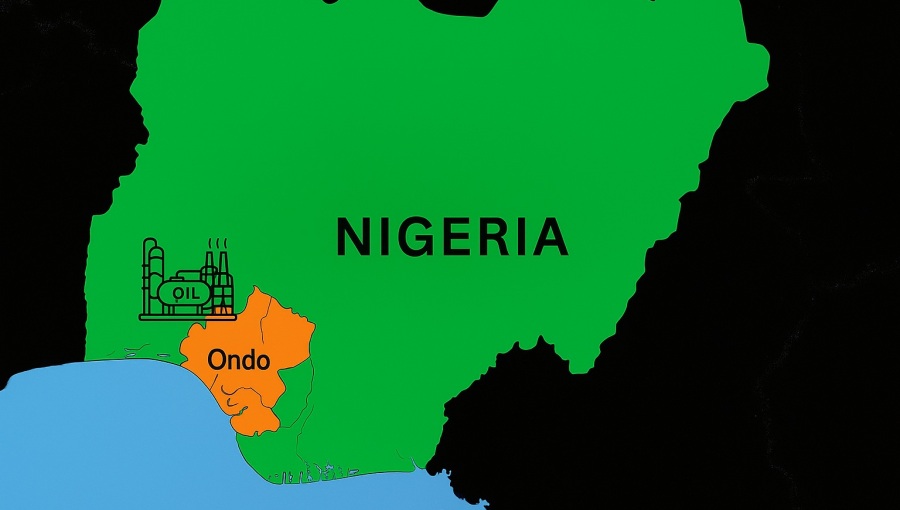People’s Response to APEC: Breakdown or Breakthrough?
The Doomsday Clock advances 10 seconds closer to midnight. Global temperatures rise beyond 1.5°C. Forests burn. Hurricanes intensify. Meanwhile, countries produce bombs and bullets, the New Cold War inches us closer to nuclear annihilation, and US President Donald Trump extorts the world.
The response of the Asia-Pacific Economic Cooperation (APEC) is to draw from the same tired capitalist playbook that created today’s polycrisis. Thus, APEC perpetuates a global order that makes democracy a farce and concentrates production in the hands of corporations. For most of us, to live our lives, we become insensate to these realities. The International People’s Response to APEC 2025 and Trump (People’s Response) was created because we refuse to watch the world being destroyed from the sidelines. While we denounce Trump’s tariff extortion, we also refuse to settle for APEC’s nostalgic yearning for a pre-Trump globalised world that never was.
![]()
Lee Ungno (South Korea), People, 1985.
APEC’s structure and origins expose its corporate-centric economic cooperation. All 20 official meetings throughout the year, from food sovereignty to AI regulation, are carried out with corporations behind closed doors. Moreover, the only non-governmental body with an official meeting with APEC leaders is the APEC Business Advisory Council. Its ubiquitous interventions are evident in its letters to APEC’s thematic and working groups. This structure reflects APEC’s original intent and function of serving as a forum for business to access governments. Its corporate-centric economic cooperation traces back to 1966, with a Japanese economist’s proposal for a Free Trade Area of the Asia Pacific (FTAAP). While rejected, this FTAAP remains APEC’s guiding vision. In fact, the progenitor to today’s global value chains emerged within this context: the Toyota Manufacturing System’s regional value chain across Southeast Asia stood in contrast to the Ford-inspired vertically integrated mass production that was then prevalent in the United States.
To represent the voices of people from the region and the world, the International Strategy Center, together with the International Peoples’ Assembly (IPA) and other progressive groups, hosted a series of People’s Response from 29 October to 1 November. International delegates were invited to join the struggle and exchange experiences.
![]()
Yoan Choe (South Korea), Stand Up With Your Fist Clenched, n.d.
On 29 October, we harnessed Korean public discontent and outrage to protest Trump’s visit to Gyeongju. Trump’s reciprocal tariffs were particularly egregious to South Korea as the latter’s zero tariffs were achieved after conceding to the US’ toxic provisions (i.e., investor state dispute settlement systems) in the US-ROK Free Trade Agreement. Today, in exchange for 15% tariffs, the Lee Jae-myung administration has to hand over $350 billion of Korea’s money (over 80% of its dollar reserves) to the Trump administration. As Vijay Prashad stated in the Gyeongju People’s Summit, ‘Trump just put his hand in your pocket and took your money’. Infuriatingly, excepting the few that stood up to Trump, this is an all-too-common scene around the world: presidents smiling and thanking Trump as they get robbed. And while these investments might yield profits for Korean companies, they do nothing for jobs and welfare for Korea while abetting in the US’s reckless scramble to maintain its dominance. After all, $150 billion will ‘Make American Shipbuilding Great Again’, thus expanding US naval capacity. The rest of the $200 billion will be used for investments (with Trump having final say) on extracting fossil fuels and further embedding South Korea in the US’s semiconductor industry. Trump’s tariff extortion portends US decline and retrenchment. Yet, rather than a rebalancing in foreign relations, South Korea is becoming more structurally dependent on the United States.
On 30 October, the People’s Response hosted a conference on the theme ‘An Economy For All’, exploring capitalist globalisation, the shifting global order, and alternatives to APEC. In the first panel (‘Globalization, Trump’s Tariff War, and APEC’), Walden Bello, co-chair of the board of Focus on the Global South, spoke about how capitalist globalisation has enriched multinational corporations from the Global North while destabilising countries in the Global South and increasing global inequality. Bello called for a deglobalisation based on people’s needs, development, plurality, and social control. Dr. Michael Jeyakumar Devaraj, chairman of the Socialist Party of Malaysia, proposed an ASEAN-centred regional economy for Malaysia, based on higher wages, corporate taxes, and import substitution. Solong Senohe, general secretary of Lesotho’s United Textile Employees Union, spoke on how Trump’s tariffs wrecked the textile industry, leaving countless unemployed (80% of them being young women). Kim Deok-su, general secretary of the Korean Peasants League of Gangwon Province, spoke about how Korean peasants were being sacrificed for export-oriented production and called for food sovereignty. Kim Seong-hyeok, director of the Korean Confederation of Trade Union’s Korea Labor and Society Institute, criticised Trump’s ‘America First’ policy while rejecting APEC’s capital-centred globalisation – he echoed calls for democratic and people-centred alternatives. Kim Jong-min, co-president of Together Seoul, called out Trump’s predatory neoliberalism while seeing the current moment as an opportunity to build international solidarity against Trump and for peace, sustainability, and development.
![]()
Jiha Moon (South Korea), The Letter Shin 2, 2011.
In the second panel (‘Multipolarity, the New Cold War, and Neo-Fascism’), Vijay Prashad, executive director of Tricontinental: Institute for Social Research, presented on the growing confidence and assertiveness of the Global South (through processes such as BRICS+) which was provoked by the Global North’s inability to solve the world’s problems following the 2008 Financial crisis. Tings Chak, an organiser of the Shanghai-based Global South Academic Forum and co-editor of the international edition of the journal Wenhua Zongheng, explored China’s socialist path and its vision of peaceful co-existence based on national sovereignty. Corazon Fabros, co-president of the International Peace Bureau, proposed the idea of ‘common security’ as the ‘path to a peaceful multipolar world’, including in the South China Sea. Cathi Choi, executive director of Women Cross DMZ, called for developing a ‘people-centred economy’ and a ‘regional demilitarisation dialogue’ based on diplomacy. Dyung YaPing, of the Urgent Action by South Korean Civil Society in Solidarity with Palestine, called on Korean labour unions to actively participate in the solidarity struggle to end the genocide in Palestine. Myeong-Suk of Human Rights Network BARAM called for greater international solidarity (regardless of one’s positions on China) amidst the openings created by the seismic shifts to a multipolar world. Finally, Ahn Kim, Jeong-ae, president of Women Making Peace, presented on the specific impact of war on women and called for a feminist approach towards peace based on ‘care, life, peace, and co-existence’.
In the third panel (‘Alternatives, Social Movements, and Progressive Parties’), Stephanie Weatherbee, coordinator of the IPA, explored the potential and limitations of multipolarity given its heterogeneity and called for building organisations that can lead ‘sustained struggle’ towards ‘liberation and constructing a new world’. Peter Mertens, Secretary General of the Workers’ Party of Belgium shared the importance of a principled, flexible party rooted in the working class and explicitly committed to overcoming capitalism. Raphael Kaplinsky, professor at the University of Sussex, spoke on the end of deep globalisation and the need to add directionality towards sustainability and equality to the new emerging information technology and techno-economic paradigm. Layan Fuleihan, education director at the People’s Forum, emphasised the need to build social alternatives to Trump and the importance of political education and culture. Moon Jeong-eun, vice-chair of the Justice Party, Lee Sang-hyun, co-president of the Green Party, and Jang Hye-Kyoung, policy committee chair of the Labor Party, all spoke on the need for rebuilding left political parties through unity within Korean and internationally by constructing a vision of expanding public goods, rights, and sustainability. Miryu, chair of the organising committee for System Change Movement and Hwang Jeong-eun, general secretary of the International Strategy Center called for movements to move beyond isolation and towards solidarity.
![]()
Lee Kun-Yong, Logic of Hand, 1975/2018.
On 1 November, we gathered for the People’s Summit in Gyeongju which ran parallel to the last day of the APEC Leaders Summit. Hundreds of people gathered at the People’s Summit to read and sign on to the Gyeongju People’s Declaration. Soon after, the 2025 APEC Leaders’ Gyeongju Declaration was adopted, which sure enough repeated the same mantra around corporate led global value chains followed by a litany of corporate centred recommendations. While the weekend of solidarity and struggle against APEC ended with a rally and march through the streets of Gyeongju, our struggle continues. We call on the world to lift up banners and pickets on 20 January 2026, the first anniversary of Trump’s inauguration, to fight for a world of peace and dignity that we need and deserve.
Written by Dae-Han Song, a part of the International Strategy Center and the No Cold War collective. He is an associate at the Korea Policy Institute.

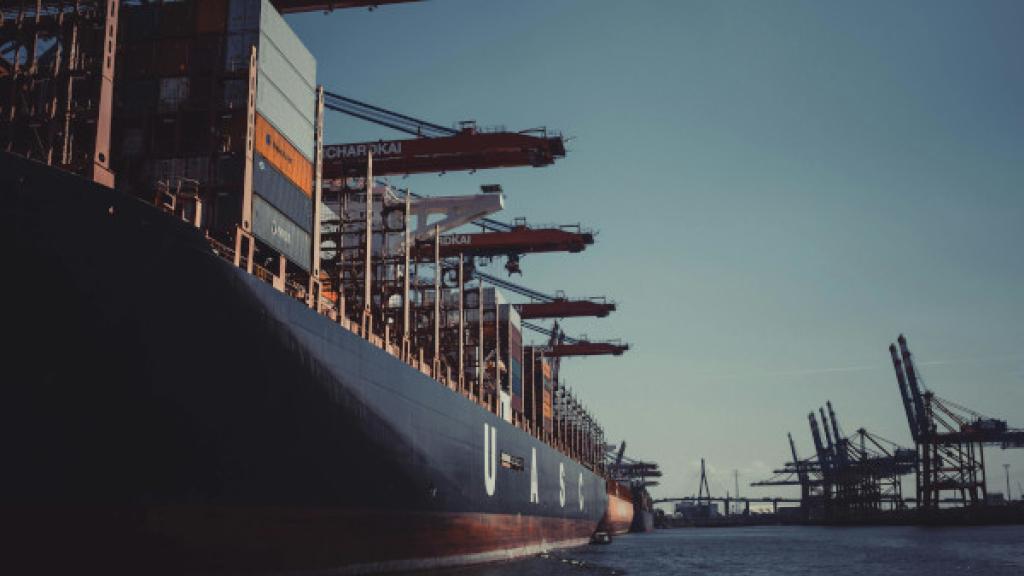
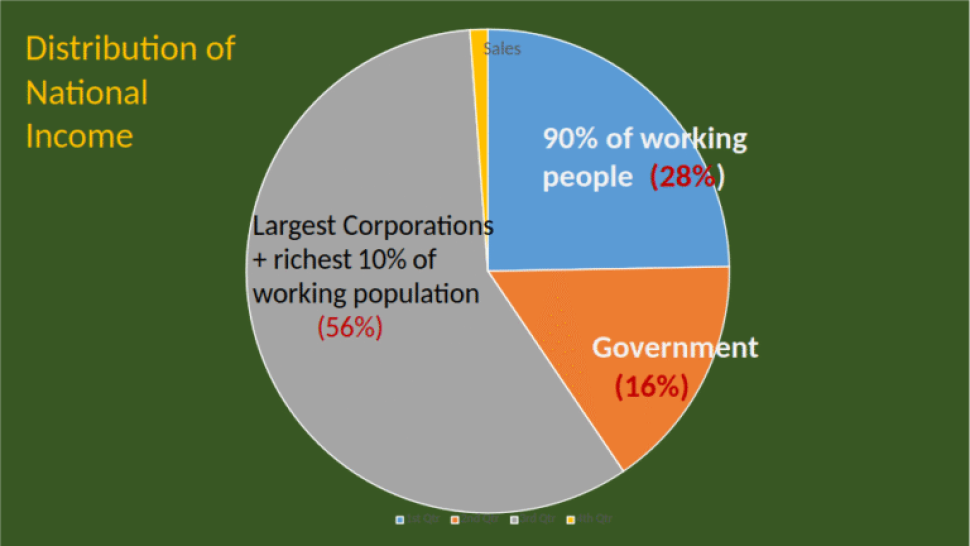

.png)
